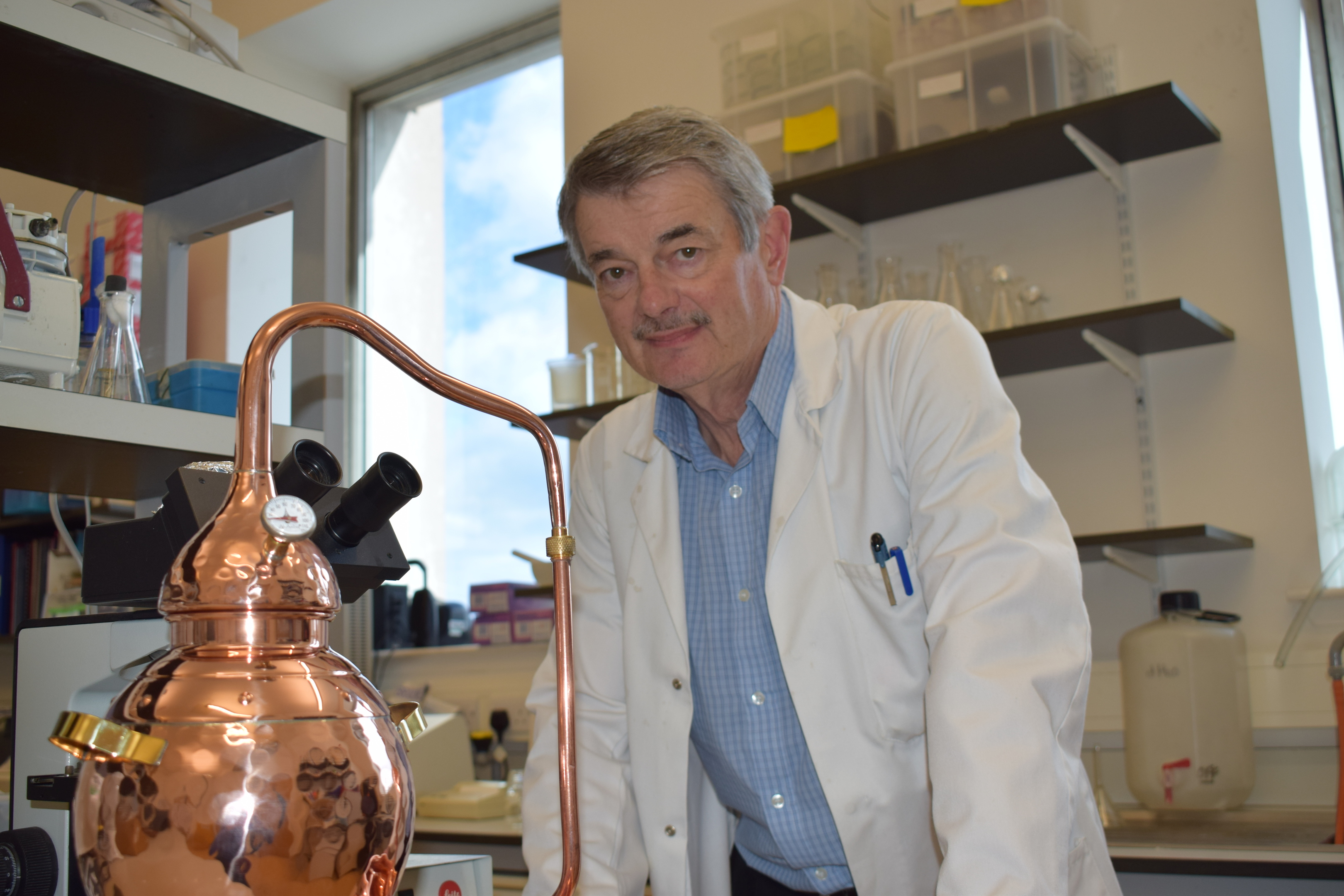Students with a nose for single malt are being sought by Abertay University, who are offering the chance to become a doctor of whisky.
Abertay is looking for a PhD research student who would be charged with developing a yeast which could enhance the natural flavours of the amber nectar.
Strict guidelines dictate what can and cannot be sold as whisky, and currently only one type of yeast is used in its production – Saccharomyces cerevisiae.
Professor Graeme Walker, of the university’s division of food and drink, said the doctorate research would focus on the study of around 20 different yeasts to see which ones could be used to enhance the natural flavours of alcoholic drink.
He said : “The yeast is responsible for making the alcohol – and hundreds of other flavour compounds – and this creates the complex flavour and aroma of whisky and other fermented beverages.
“One idea is to look at yeast used in other beverages like the wine industry.
“Some of these are very interesting in bringing out fruity notes, produced by compounds known as esters.
“Whether it’s peach, apricot, banana, or whatever you like, there is almost one fruit for each type of ester and these are all chemical compounds that the yeast produces.
“Perhaps some of these may have interesting applications for bringing out these flavoured notes in other beverages, including spirits like whisky.”
The Scotch whisky industry is worth more than £4 billion a year, and grew by 4% in the last financial year.
Scotch remained the biggest net contributor to the UK’s balance of trade in goods last year and single malt exports were valued at more than £1 billion for the first time.
Funding for the research comes from the Industrial Biotechnology Innovation Centre’s collaborative training partnership and the project is due to commence in October.
Interested applicants have until May 19 to apply for the studentship, and can do so via the Abertay website.





